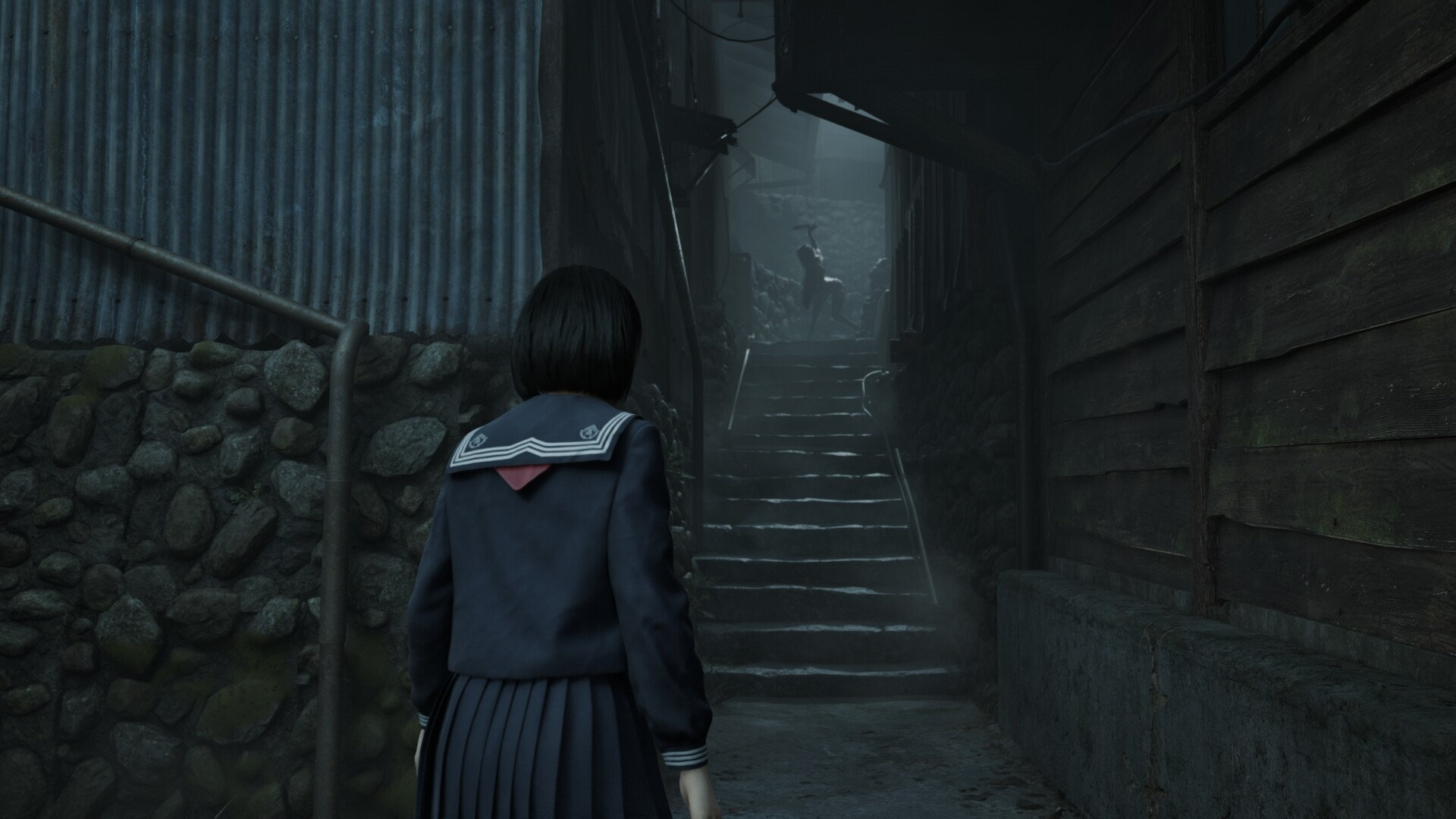A new team of creative developers that pushes this long running franchise in the right direction.
I still distinctly remember my first horror game experience: Resident Evil 2 on the PlayStation. The visceral goosebumps I felt in the cutscene seeing that first zombie were unlike anything else. I can confidently say Crash Bandicoot and Spyro never came close.
For me, that first enemy encounter often defines a horror game’s identity, and Silent Hill f absolutely nails it, setting the stage for one of the franchise’s strongest entries to date.
Our protagonist is Shimizu Hinako, a high school student living in the rural Japanese town of Ebisugaoka during the Showa period. When the town becomes engulfed in the series’ signature fog, she and her friends, Shu and Rinko, must find a way out.
Konami hit it right out of the park with the creative team behind this title. The hiring of acclaimed horror writer Ryukishi07 perfectly captures the essence of Japanese horror without losing the eerie charm of our foggy friends. He masterfully weaves a narrative rich with themes of gender discrimination in the Showa era, child abuse, and drug dependency, all central to the story’s core. A lot of love clearly went into the game’s striking visuals too, from the art team’s breathtaking depiction of 1960s Japan to game artist Kera’s haunting creature designs that mirror the trauma shaping each character’s psyche.
Personally, I loved the addition of shrines and their use of omamori charms, tying cultural roots into Silent Hill f’s saving and skill-upgrade systems.

I’ve seen some critiques of the characters’ dialogue and personalities, but one thing I’ve always appreciated about this franchise is how it constantly makes you second-guess how “real” anyone actually is.
That uncertainty adds to the game’s surreal atmosphere. Pairing the ever-shifting environments with awkward interactions and those classic “turn around and they’re gone” moments kept me questioning the reality that Hinako is experiencing, what I am experiencing.
For horror fans, the puzzles are a welcome return, though sticking to the classics isn’t always a complete hit. Like its predecessors, combat can be a bit of a drag.
There are undeniably satisfying moments when you land a perfectly timed heavy attack, especially with how gorgeous the sound design is, but combat often feels repetitive outside a handful of boss fights.
The dodge mechanic is practically non-essential; you can easily get through most of the story without using it much at all. Silent Hill has always been strongest when it leans into survival horror over action, and unfortunately, the latter half of f sometimes feels closer to a combat-heavy game.
The Sanity meter does add some tension, but the new Focus system leans more toward an action-game vibe, something that doesn’t quite align with what I’ve always loved about the series.

From the slow build-up of dread and the creeping sense that an unknown terror is coming, to the moment of confrontation where grotesque creature design, unsettling movement, and a beautifully haunting score collide, it creates an experience that lingers long after.
Silent Hill f is a chilling return to form that balances psychological storytelling with modern gameplay mechanics. While it stumbles at combat, the atmosphere, story, and visual artistry make it a standout entry worthy of the Silent Hill name.
It’s an experience that creeps under your skin and lingers long after the fog clears, and honestly, that’s exactly what a good horror game should do.